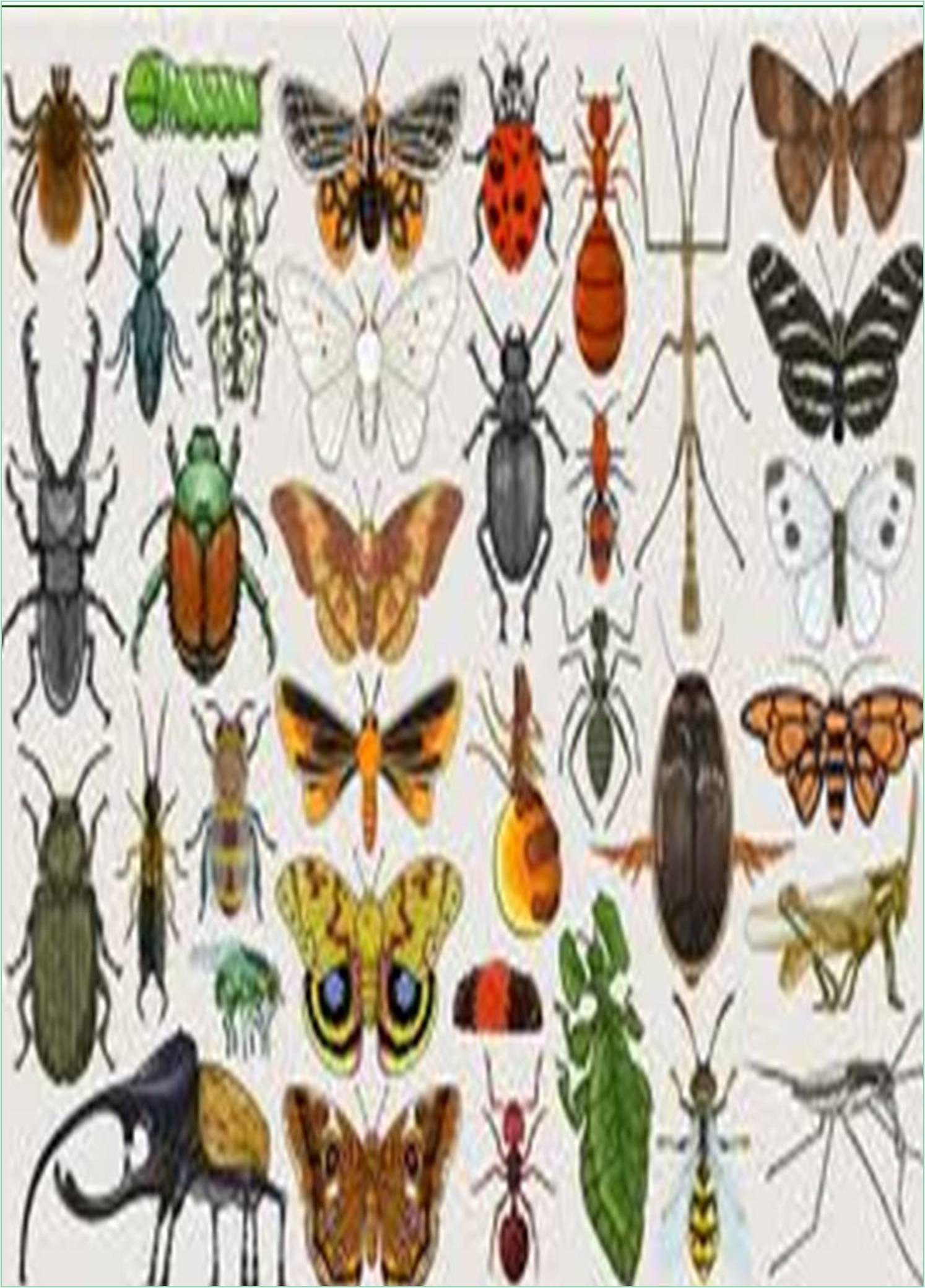



Received: 01-Jul-2022, Manuscript No. IJER-22-73223; Editor assigned: 04-Jul-2022, Pre QC No. IJER-22-73223 (PQ); Reviewed: 18-Jul-2022, QC No. IJER-22-73223; Revised: 25-Jul-2022, Manuscript No. IJER-22-73223 (R); Published: 01-Aug-2022, DOI: 10.15651/IJER.22.9.008
The World Association for the Advancement of Veterinary Parasitology (WAAVP) has issued recommendations for assessing anthelmintic effectiveness in ruminants, pigs, horses, dogs and cats, and poultry. This revision of the guidelines for testing anthelmintics in chickens (Gallus domesticus) and turkeys (Meleagris gallopavo) emphasises parasitological methods involved with anthelmintic assessment and is intended to supplement the guidance provided in the new general anthelmintic evaluation guidelines. These principles should make it easier to compare, harmonise, and approve research conducted in diverse locations. These principles should also aid scientists in developing procedures to reliably record the efficacy of anthelmintics, as well as lower the number of experimental animals required for drug testing, with commensurate improvements in animal welfare and total product quality assessment costs. These principles (poultry and general) provide a step-by-step procedure for accurately establishing parasite-specific, anthelmintic efficacy studies that generally follow discovery studies that indicate a product's anthelmintic activity, "acceptability" based on unfavourable effects (teratogenicity, carcinogenicity, toxicology, residue, etc.) and commercial promise (spectrum of activity, efficacy, dosage rate/ formulation/regimen, production costs. All investigations indicated in this document should be carried out in conformity with all site-specific regulatory and scientific norms addressing animal care, experimentation, harmonization, and so on (e.g. Institutional Animal Care and Use Committees). It should also be underlined that adequate statistical considerations are required for the planning and execution of protocols, as well as the interpretation of research data, as stated in the general recommendations. It is recommended that all essential researchers employees discuss and create procedures to study beginning to ensure that all aspects that combine to offer accurate and appropriate anthelmintic assessments are addressed.
The thoroughness of a study design is an important first step before conducting any evaluation study. Multi-center research including independent and in-house investigators is common in anthelmintic development efforts. The use of uniform procedures enables direct comparison of findings fast data collecting, decreased and ethical/humane animal utilisation, and unified data presentation, all of which promote scientific and regulatory scrutiny.
Natural Infections vs Induced Infections
Anthelmintic assessment studies are carried out on birds with naturally acquired helminthic illnesses, produced infections (also known as artificial or experimental infections), or a mix of the two. Natural helminthic infections in birds were obtained by consuming infective stages that had not been intentionally concentrated, cultured, stored, or given. In induced infections, birds become infected after ingesting infective helminthic stages that have been manipulated through incubation, maintenance, or administration. The amount of parasites carried by individual birds in naturally infected birds can vary substantially, as can the number of species and life cycle stages present. Inherent variability in parasite loads found with spontaneous infections can be decreased by infecting helminthic-free birds with a consistent dosage of infective stages under properly monitored conditions (parasites) circumstances Induced infections may also be advised when anthelmintic effectiveness against certain, time-specific developmental stages of parasites is being evaluated. However, in research using generated infections, the parasite source, proliferation, and infection processes differ from what occurs under normal settings variations that may affect the treated parasite population's sensitivity to pharmacologic control (e.g. helminthic resistance, intra-burden inhibition).